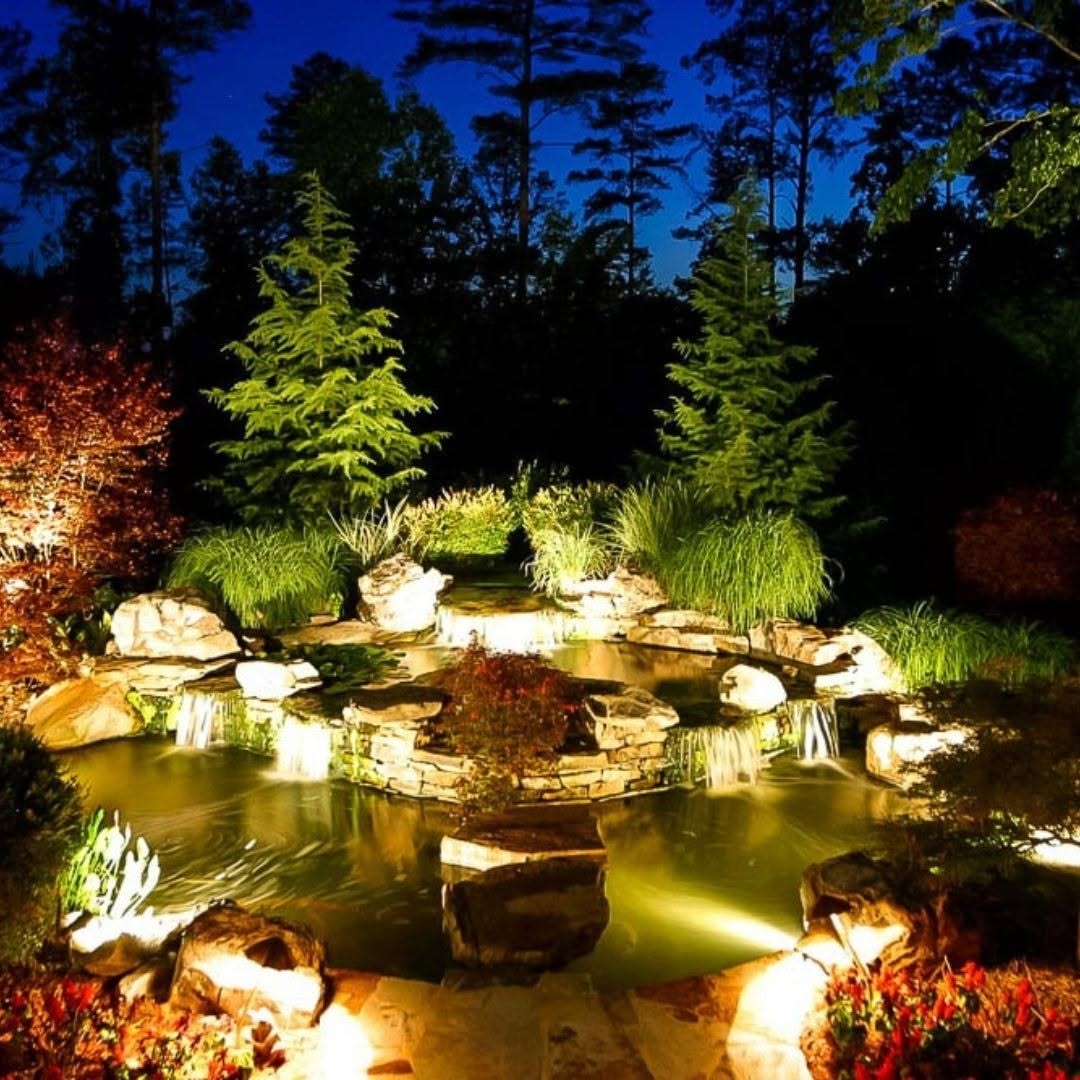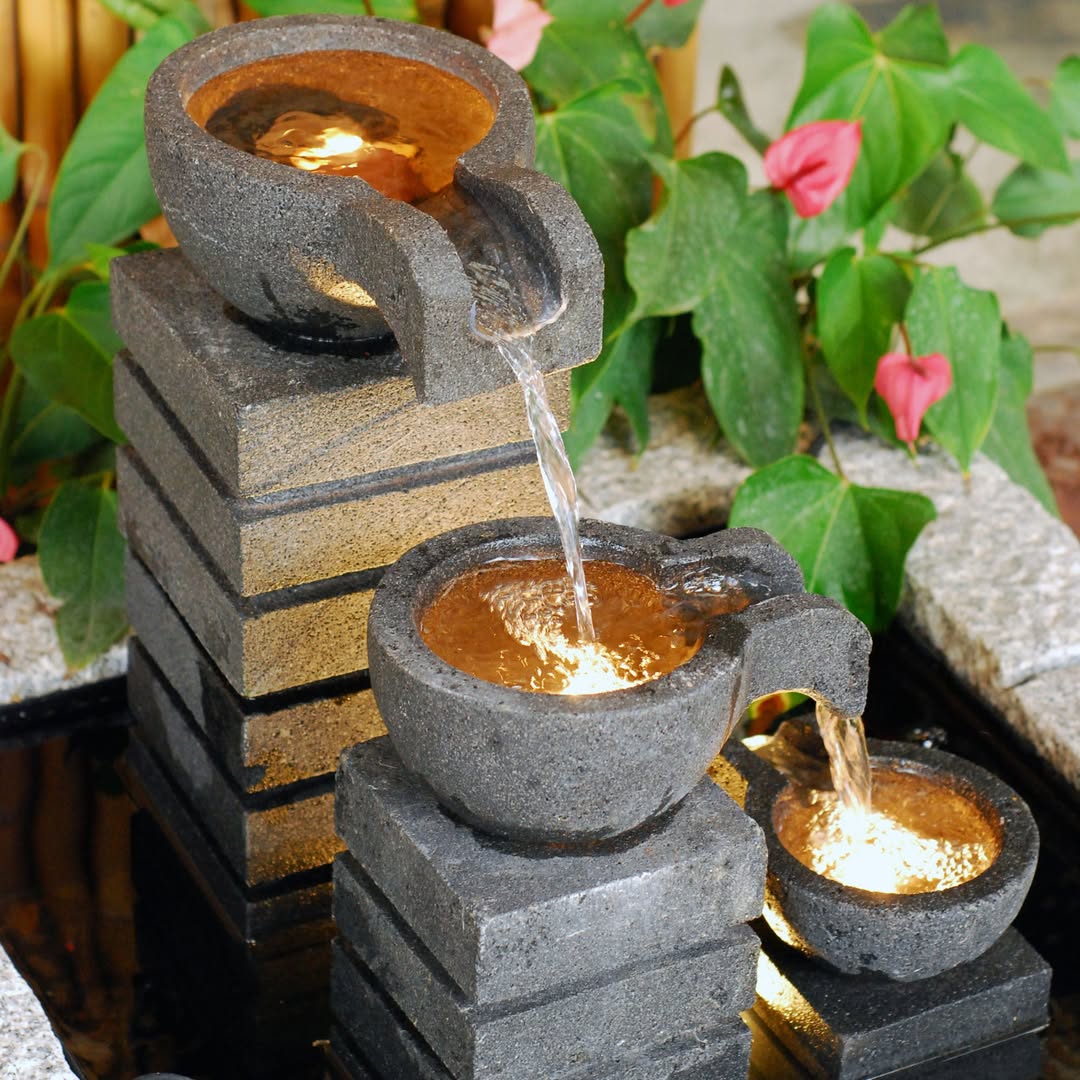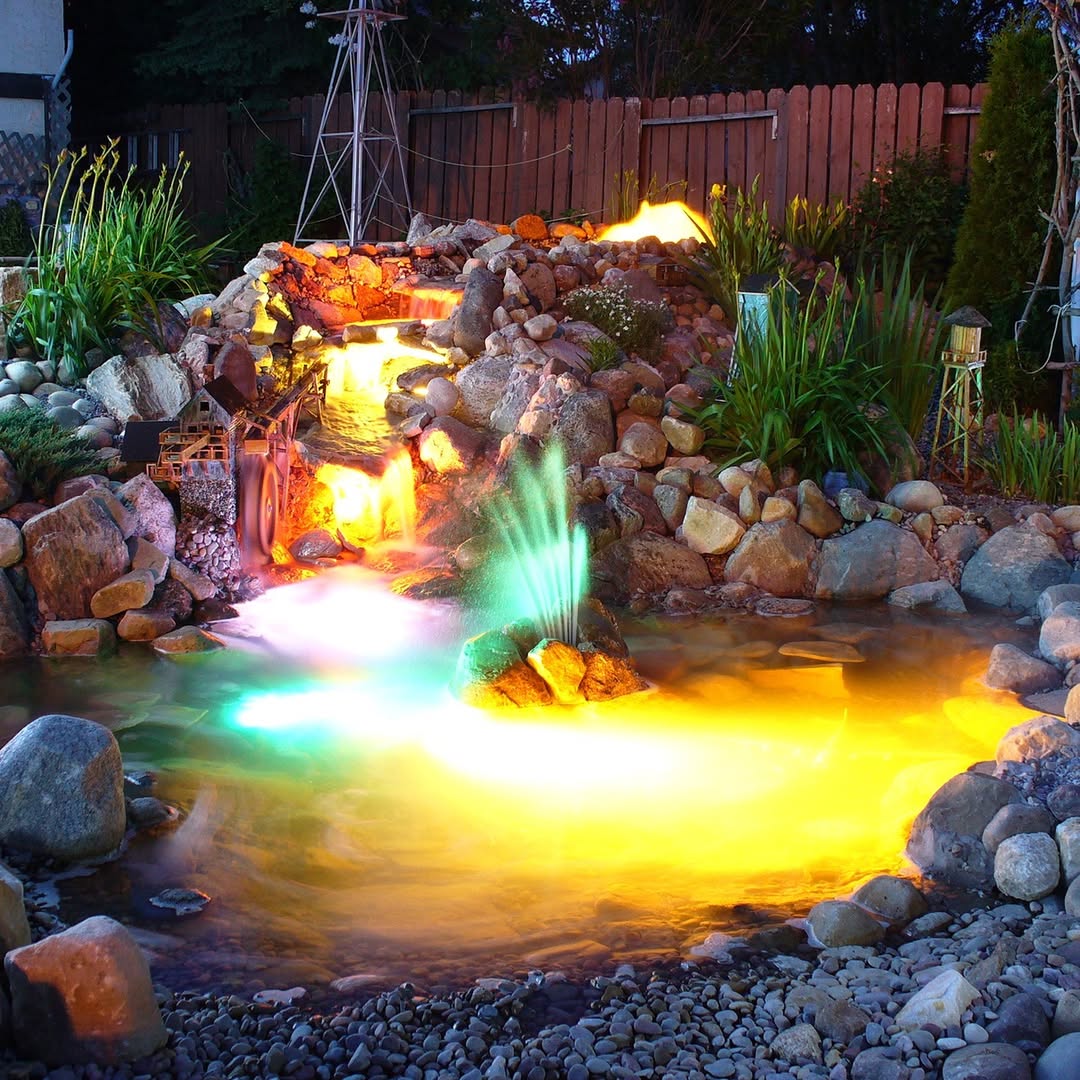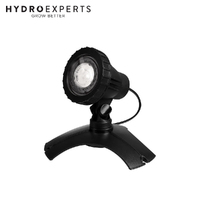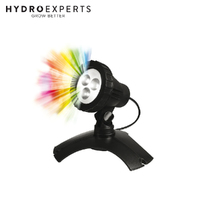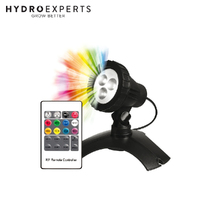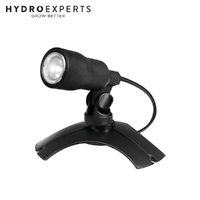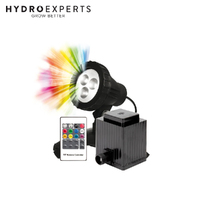Pond Lighting Ideas: Illuminate Your Water Feature at Night
By Hydro Experts | 8 September 2025
You're probably reading this article because you want your pond to look its best at night. The one thing you absolutely cannot compromise on is the placement and quality of your pond lighting.
Guessing where to place lights or which fixtures to use can drastically reduce your pond's appeal. Too close, and you risk glare or harsh reflections that obscure fish and plants. Too far, and your pond becomes a dim, lifeless feature, losing all of its nighttime impact.
There is no luck involved in achieving the right pond lighting. It depends entirely on understanding the principles, techniques, and metrics that govern effective illumination.
This article provides comprehensive guidance on choosing, placing, and maintaining pond lights to ensure your water feature is both safe and visually compelling. Let’s dive in.
What is Pond Lighting?
If you assume pond lighting is just decoration, in the grand scheme of things, you are missing the point. Incorrect lighting can obscure details, create unsafe conditions, or make the pond appear dull, lifeless and boring.
Placing lights in and around your pond to highlight its features, enhance safety, and extend usability after sunset.
Water changes everything. It reflects, refracts, and multiplies light. A poorly chosen or positioned fixture can ruin these effects.
Why it's important:
- It makes sure that the edges and steps are visible for safety.
- Highlights water movement, plants, and architectural features.
- Produces shadows and reflections that give depth and texture.
- Extends garden use into the evening without relying on random lighting.
What Types of Pond Lighting Should You Use?
Assuming one type of light is enough is a common mistake. Each type has a purpose, and ignoring this leads to uneven, ineffective illumination. Here are the most common types of lighting people use for their ponds:
Underwater Lighting
You might think any waterproof light will suffice. It won't. Lights not rated for submersion can fail quickly or, worse, pose a hazard.
Submersible LEDs illuminate water, fish, and plants from below. They create depth and allow you to showcase features that would otherwise remain hidden after dark.
Perimeter and Landscape Lighting
Assuming perimeter lights are optional is a mistake. Without them, the pond can feel disconnected from the garden.
Lights placed around the pond or integrated into surrounding trees, shrubs, and pathways create context and dimension. Uplighting emphasises height and texture, while downlighting mimics moonlight for a natural look.
Accent and Feature Lighting
Many people overlook accent lights, thinking they are optional. Without them, fountains, sculptures, or unusual plants vanish into the night.
What Lighting Techniques Make a Pond Pop?
Knowing fixture types is only half the battle. How you position and aim them determines the success of your lighting. Mistakes here cannot be fixed by simply adding more lights.
Uplighting
Placing a light at ground level and pointing it upward seems simple. But if done without care, it can produce harsh shadows or uneven brightness.
Downlighting
Placing lights above the pond can mimic moonlight, but the wrong intensity creates glare or uneven illumination.
Silhouetting
The simplest shadow effect is often the most dramatic. Lighting behind objects can produce clear, artistic silhouettes.
Shadow Play
Water moves, and so should your light. But misaligned lights can produce distracting, chaotic patterns instead of subtle motion.
Color and Mood Management
Some assume white light is all you need. In reality, temperature and colour determine whether a pond feels cozy, dramatic, or stark.
What Metrics Matter When Choosing Pond Lights?
Choosing lights without checking specifications is a common mistake. The wrong wattage, lumens, or IP rating can lead to poor performance, safety issues, and wasted money.
Evaluating these metrics ensures illumination is both effective and durable.
Why Fixture Selection Matters?
Now, the incorrect fixture selection can not only ruin your aesthetics, but can also introduce many hazards involving your pond. Here are some things you should consider when it comes to pond lighting:
- Waterproofing - Avoid electrical hazards.
- Durability - Must withstand moisture, temperature changes, and minor impacts.
- Energy Efficiency - LEDs minimise heat and electricity use.
- Adjustability - Allows precise control over beam direction and intensity.
What Installation Practices Are Recommended?
Incorrect installation is the fastest way to ruin your pond's nighttime appeal. These are some of the factors you should account for:
- Planning - Map out placement and target features.
- Power Supply - Use low-voltage systems rated for outdoor use.
- Layering - Combine underwater, perimeter, and accent lights for depth.
- Professional Advice - Submerged wiring is not a DIY experiment.
Why Maintenance Is Essential?
Lighting is not a set-and-forget feature. Neglect often leads to dim, uneven, or unsafe conditions.
- Cleaning - Remove algae and debris from fixtures.
- Inspection - Check wiring and connectors regularly.
- Seasonal Testing - Confirm operation before each season.
- Replacement - Gradual replacement ensures uniform illumination.
What Additional Enhancements Are Effective?
To further improve your pond lighting, you can consider these additional enhancements. Keep in mind that these may be completely optional for your case:
- Reflective Surfaces - Polished stones or shallow mirrored areas amplify light.
- Water Features - Fountains and waterfalls interact with light, creating motion and texture.
- Plant Selection - Choose plants with interesting shapes for shadows.
- Viewing Areas - Position seating to optimise views.
Conclusion: A Pond That Functions and Inspires
Lighting is super important to the design of your pond. If done correctly, it highlights features, improves safety, and integrates the pond into the garden landscape.
Through careful planning, correct fixture selection, attention to metrics, and ongoing maintenance, your pond can become both a visual anchor and a space for contemplation.
After following these steps, your pond will no longer fade into the night. It will command attention, impress guests, and, occasionally, make your fish look like stars in their own aquatic show.
Frequently Asked Questions
No. Only lights specifically rated for submersion should be used underwater. Using the wrong fixture can create a serious safety hazard.
Not always. Lights placed too close can cause glare and harsh reflections. Proper distance and angles ensure natural, even illumination. Experiment with placement until you're happy with the aesthetics.
Yes. LEDs are energy-efficient, long-lasting, and emit minimal heat, making them ideal for both underwater and perimeter lighting.
No. Perimeter and accent lights are often DIY-friendly. Submerged lights or complex installations are best handled by professionals for safety and reliability.
Yes. Seasonal cleaning and inspection keep lights safe and effective. Replacing worn fixtures prevents uneven illumination and hazards. Neglecting maintenance will only create problems in the long run.




.webp)
